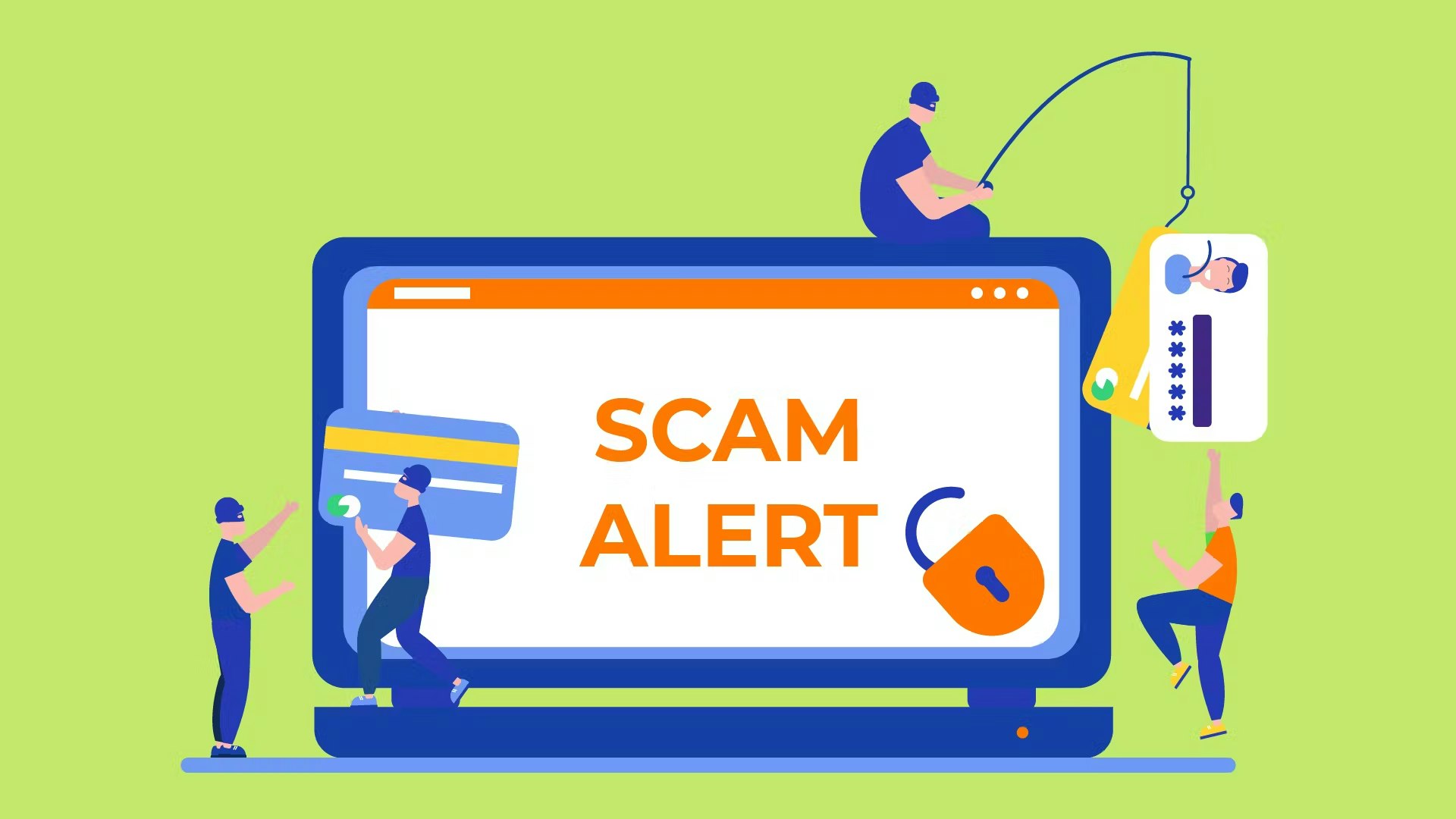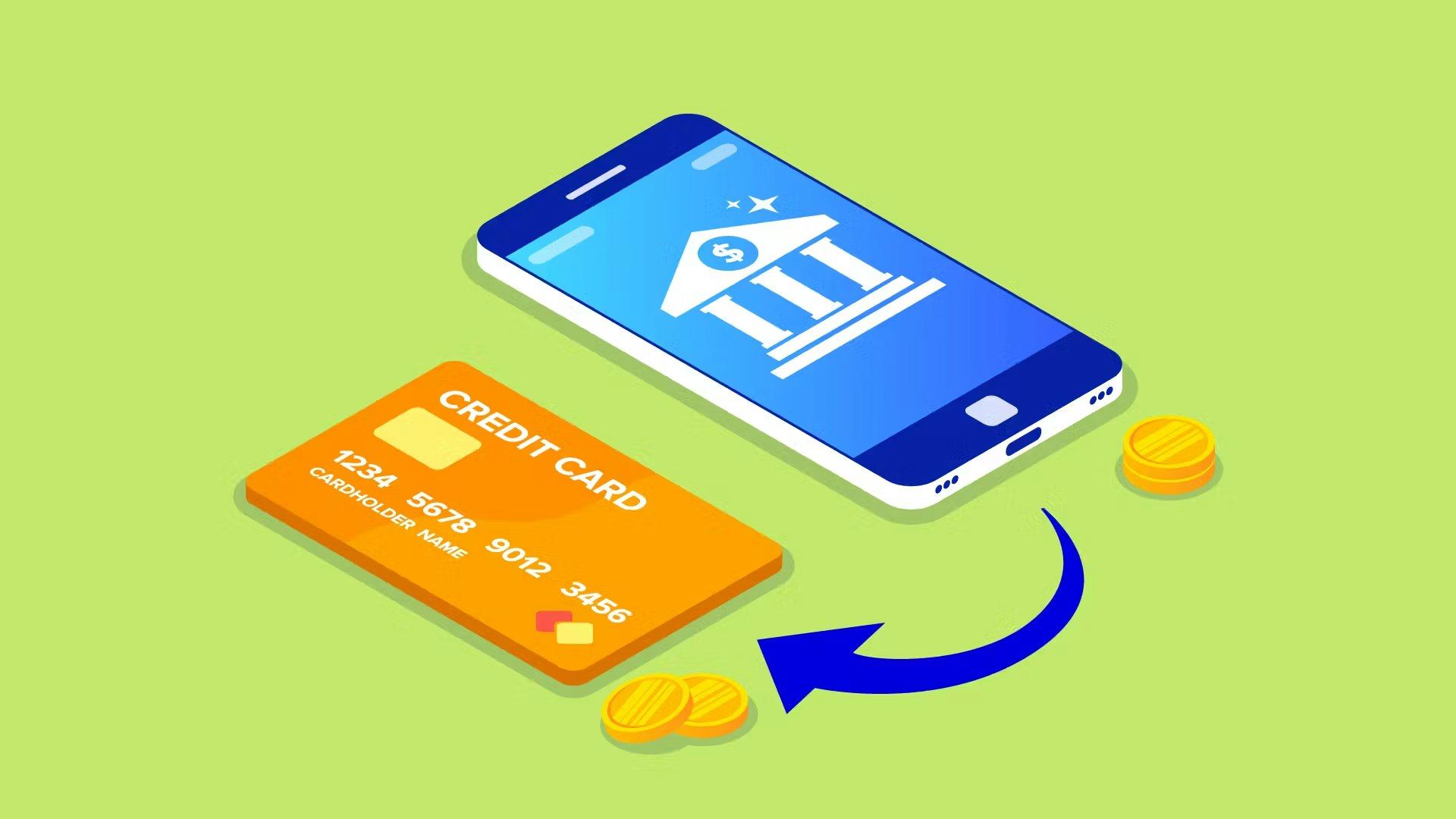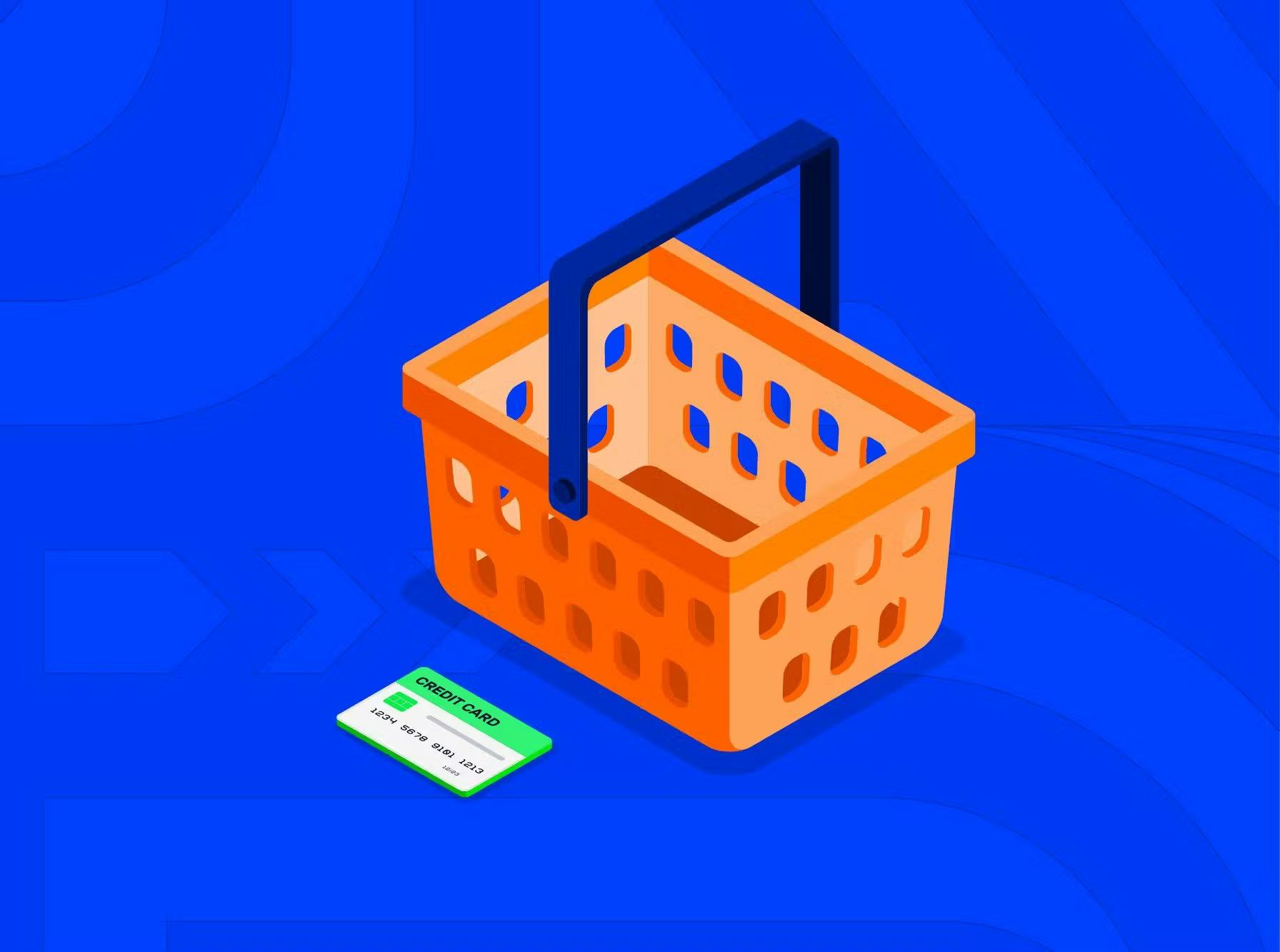Customers are always at the forefront. The popularity of this mantra is growing at a blistering pace, making shoppers even more determined to fight for their rights. If they don’t like what’s purchased, they will try to redeem their money. Here is how things may be done: a buyer can resolve the conflict with a merchant or ask a financial institution to reverse the payment. If the second way is chosen, it is called a bank chargeback, and it can wreak havoc on your business.
According to recent studies, the number of repayments increases by 41% every two years. About 81% of consumers file chargebacks only because they can’t tell them from standard returns or want to batten on merchants. Only 5-10% of buyers request to be repaid because of fraudulent activity in their credit cards.
As you see, shoppers may have rock-solid reasons for using this powerful tool of consumerism. However, they are just seeking easy money by demanding refunds most of the time. Whether you are a rookie in the ever-changing world of e-commerce or a shrewd business owner who knows the ropes, you’d better find out what chargebacks mean and how to reckon with them. Dealing with reimbursement is no picnic. For this very reason, we’ve come up with this guide that will shed light on the following:
- definition of a chargeback, its reasons and purposes
- main steps of money return processing
- cost and effects of chargebacks
- merchants’ and customers’ responsibilities
Chargebacks won’t necessarily squeeze your e-store out, and no one says you’ll go broke. But constant returns may put a spanner in the work of your enterprise. Stay with us as we are about to dig deeper into this topic and reveal the answers you’ve been waiting for.




 Most Popular Payment Methods in the World: Analysis by Markets
Most Popular Payment Methods in the World: Analysis by Markets How to Increase Conversions in an Online Store with a Checkout Page
How to Increase Conversions in an Online Store with a Checkout Page How Tranzzo Simplified the Payment Process for Tickets.ua
How Tranzzo Simplified the Payment Process for Tickets.ua Integrating Multiple Payment Methods: Challenges and Solutions
Integrating Multiple Payment Methods: Challenges and Solutions Abandoned Shopping Carts: Why Businesses Lose Revenue and How to Increase the Number of Successful Payments
Abandoned Shopping Carts: Why Businesses Lose Revenue and How to Increase the Number of Successful Payments

